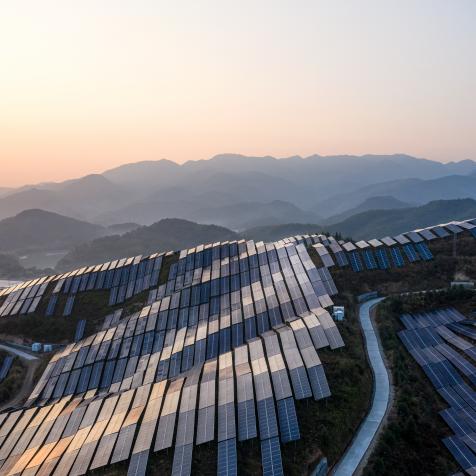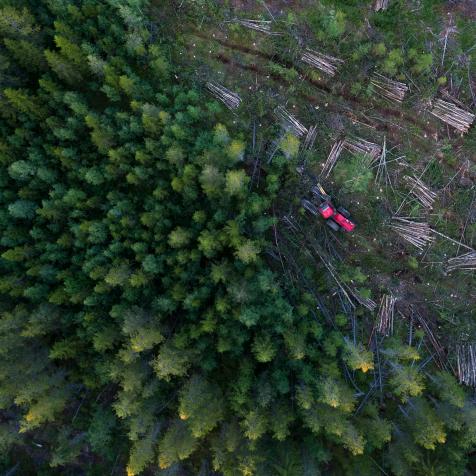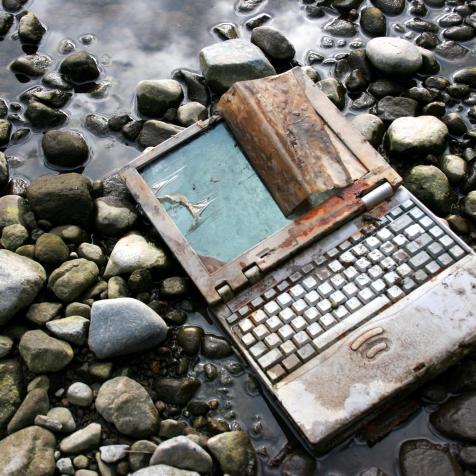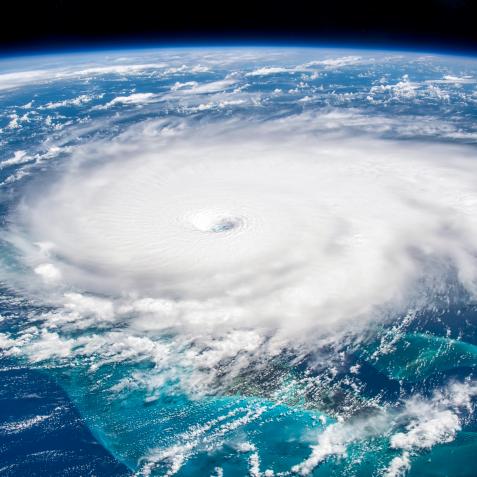
xia yuan
Supercomputers and Artificial Intelligence Create Future Green Industries
Supercomputers and artificial intelligence (AI) are indispensable tools for cooking up the next generation of advanced materials. Advanced computers allow scientists to rapidly design better alloys, chemical catalysts, and plastics using millions of potential candidates. Tomorrow’s high-tech materials are being road-tested this way to cut down human trial and error.
Reshaping the world for a fossil fuel-free future means working quickly. Climate scientists say emissions must peak by 2025 to minimize environmental damage. And by designing computational materials together with manufacturers who can build and test them quickly, science could rapidly develop technologies like more powerful solar cells and car batteries.
Michael is the name of a supercomputer dedicated to just one task – discovering the ultimate battery system. Researchers at University College London will use Michael (named after renowned physicist and chemist Michael Faraday) to digitally build and test prototypes in every new material and type of cell possible to improve battery life, performance, and price.
Finding a resilient design for solid-state batteries would be a huge breakthrough for electric vehicles and energy storage. Lighter, longer-lasting, and cheaper solid-state technology could vastly improve vehicle range and charging times. And the energy from solar and wind power could be more efficiently stored until ready for use.
Scientists working in the US and UK led the way in the 1970s in developing the lithium-ion battery used in today’s electric cars, laptops, and cameras. But commercial units were only developed once Japanese electronics giant Sony pushed the technology forward in 1991 for mass production.
Partnerships between companies and universities could ultimately crack solid-state battery design. Startup Britishvolt, chemicals company Johnson Matthey, and Oxford University are part of a seven-strong consortium looking to win the international race to create a durable product. But they are only one among many.
Replacing liquid or polymer electrolytes used in lithium-ion batteries, often prone to overheating, with a solid conductor like ceramic, may take some large number crunching. Electric vehicle makers Mercedes-Benz are working with IBM and its quantum computers to find successful designs that might include cheap and plentiful materials found in seawater.
Nissan is partnering with NASA to open a solid-state battery plant in 2024 that uses no rare or expensive metals. The plan is to create a large database of materials that can be mixed and matched for the best combinations.
But computational materials may be needed in virtually every industry. And by rapidly classifying millions of substances on their ability to conduct electricity, their toughness, or the way they reflect light, AI and supercomputers can speed up the process of creating materials for just about anything.
Duke University researchers have successfully used supercomputers to design two new magnetic materials from a list of more than 200,000 substances. One is useful for making hard drives and computer memory, and another uses no rare earth metals and can operate at high temperatures.
Computing power also helped Scientists at the University of Toronto identified a class of catalysts that can quickly turn greenhouse gas carbon dioxide (CO2) into ethylene, for making fuels and plastics.
The team created a computer algorithm that ran through thousands of combinations of more than 240 molecules, leading to the discovery of 17 new catalysts. Their discovery could enable access to a $60 billion market turning waste CO2 into valuable chemical raw materials using only renewable energy.


















